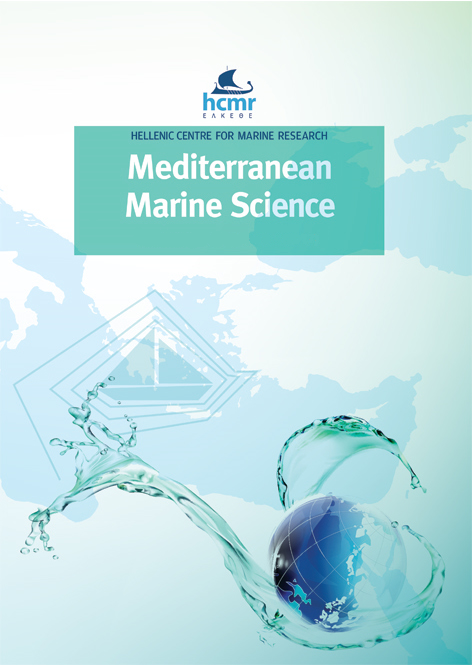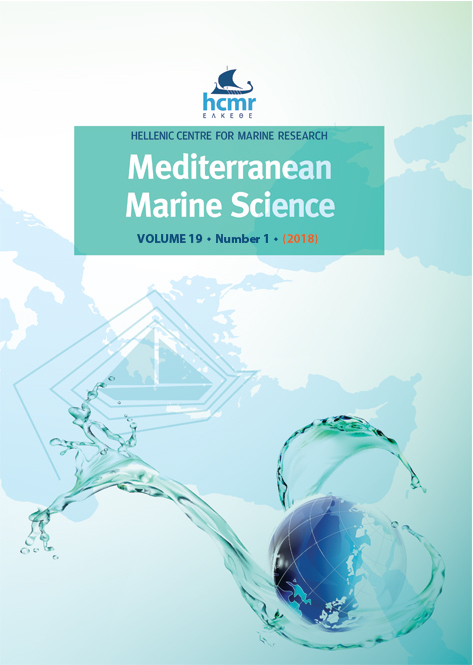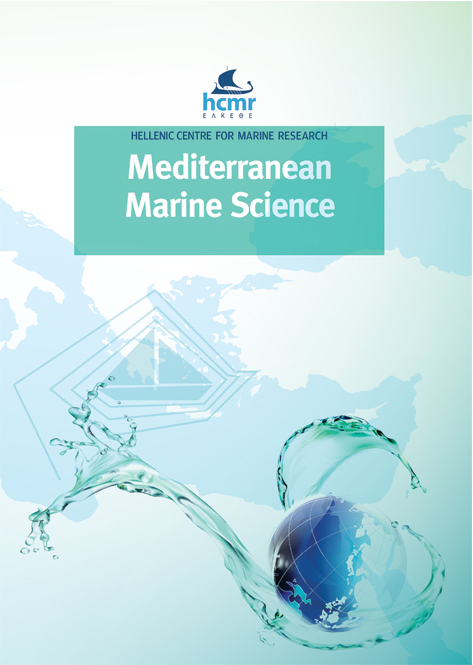Macrobenthic fauna and the ecological status of a shellfish farm in the Mediterranean Sea (Algeria)

Abstract
A faunistic and ecological study on the benthic macrofauna was carried out in the shellfish farm in Ain Chorb (Ain Taya), central Algeria. This study aims to characterise the composition, structure, and functioning of the benthic community to establish the reference state and ecological quality of the shellfish farm and to monitor its evolution through an adapted sampling and observation methodology adapted and used by the scientific community at the international level. Benthic fauna samples were collected in two different periods (warm and cold season) between February 2020 and June 2021; six grab samples were carried out at three sampling stations. Different indices were evaluated based on the benthic community characteristics (species richness, abundance, density, ecological and trophic groups, and the biotic index) and indicator species. An inventory of the macrobenthic fauna of the farm allowed us to identify 6 phyla, 10 classes, 48 families, 106 genera, and 138 species, with a total of 45960 ind/m2. The benthic assemblage is characterised by the dominance of the species Abra alba, Salvatoria clavata, Caecum spp., and Bittium spp. The results of the four benthic indices (the Shannon-Weaver diversity index [H′], the AZTI Marine Biotic Index [AMBI], the multivariate AZTI Marine Biotic Index [M-AMBI], and the BENTIX) indicated that that the sampling stations have a moderate and good ecological status. These results were confirmed by the abundance/biomass comparison curves and geometric abundance class methods. This study provides the first inventory and represents the reference state of the soft-bottom communities of the aquaculture farm. The findings also indicate that the macrobenthic assemblage is excellent indicator of the ecological status.
Article Details
- How to Cite
-
DILMI, S., BACHETARZI, R., & REBZANI-ZAHAF , C. (2024). Macrobenthic fauna and the ecological status of a shellfish farm in the Mediterranean Sea (Algeria). Mediterranean Marine Science, 25(1), 116–135. https://doi.org/10.12681/mms.34675
- Section
- Research Article
Authors who publish with this journal agree to the following terms:
- Authors retain copyright and grant the journal right of first publication with the work simultaneously licensed under a Creative Commons Attribution Non-Commercial License that allows others to share the work with an acknowledgement of the work's authorship and initial publication in this journal.
- Authors are able to enter into separate, additional contractual arrangements for the non-exclusive distribution of the journal's published version of the work (e.g. post it to an institutional repository or publish it in a book), with an acknowledgement of its initial publication in this journal.
- Authors are permitted and encouraged to post their work online (preferably in institutional repositories or on their website) prior to and during the submission process, as it can lead to productive exchanges, as well as earlier and greater citation of published work (See The Effect of Open Access).






